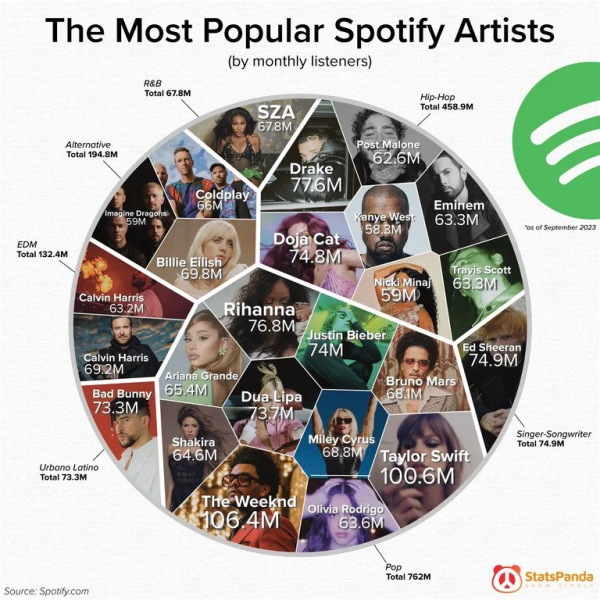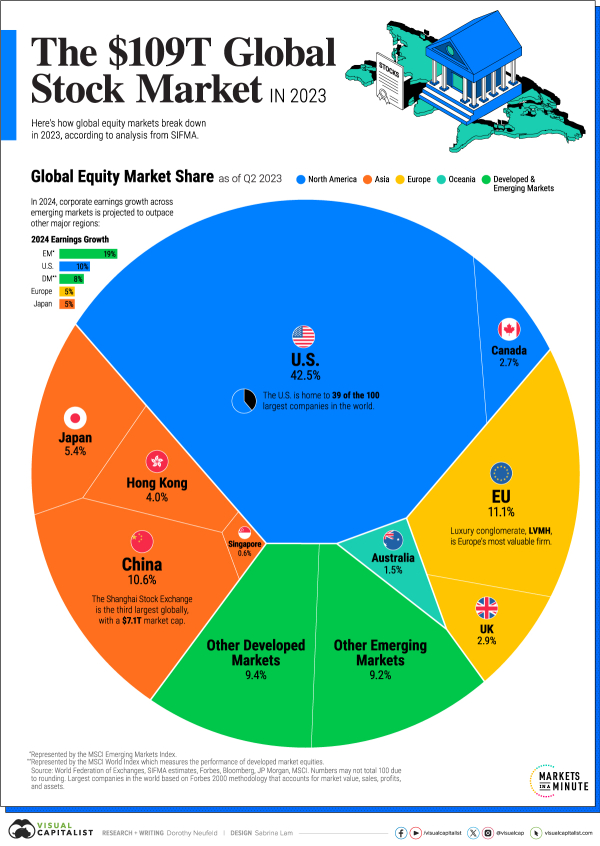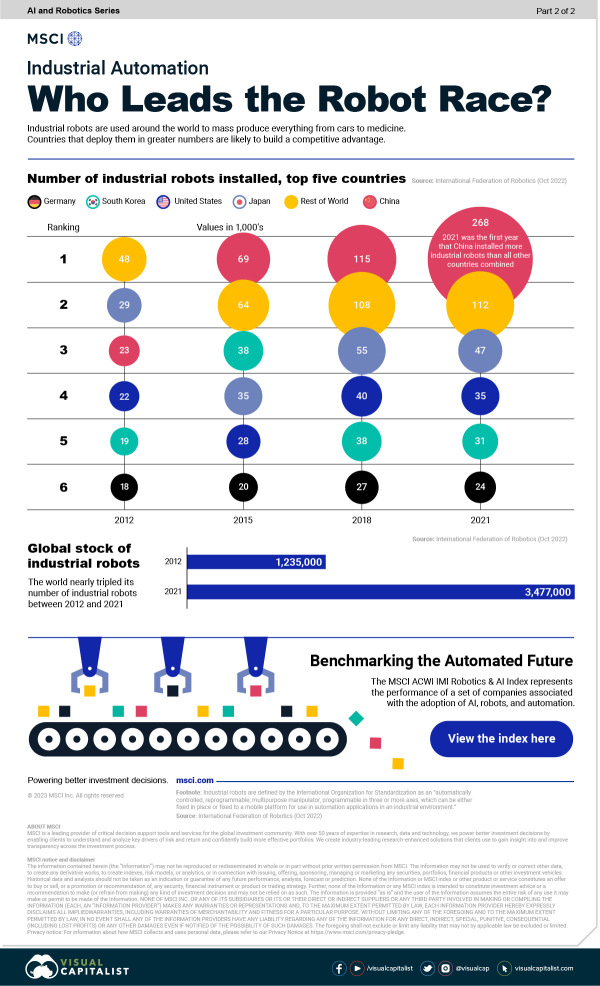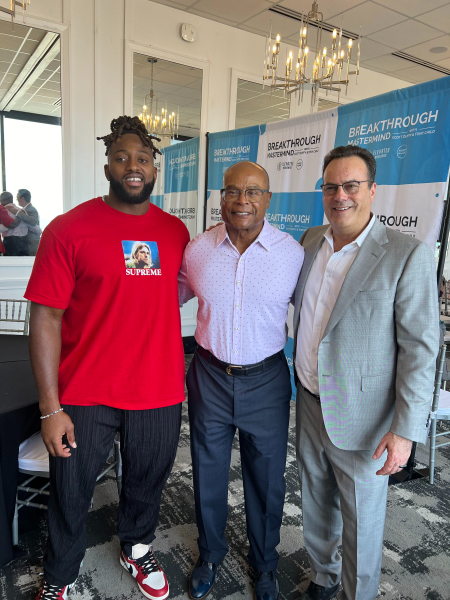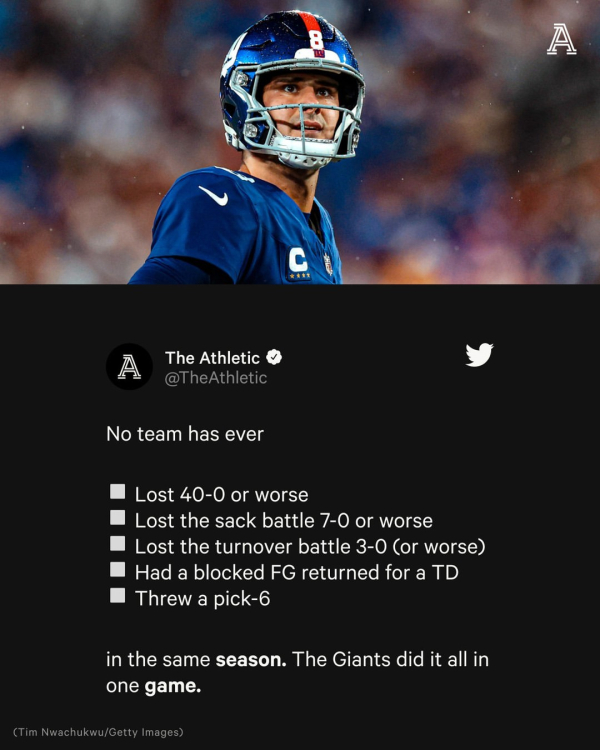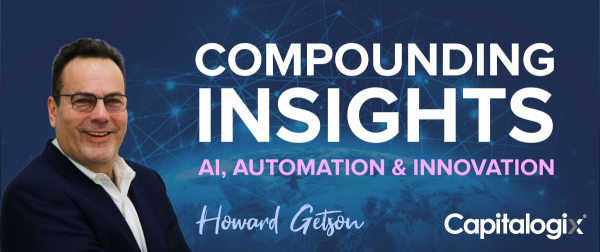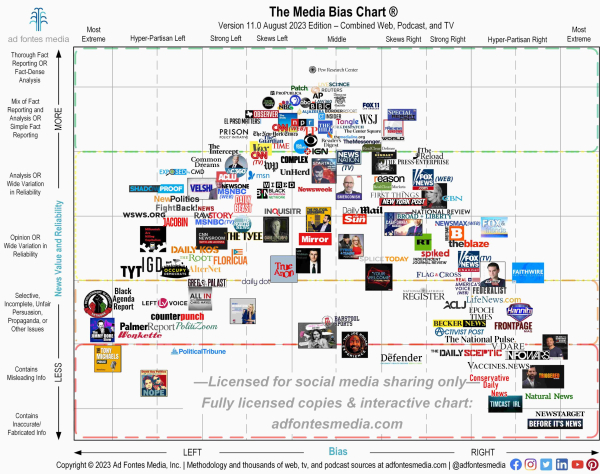Figuring out how to leverage new capabilities to achieve what you want is a master skill. It is a big part of what I do. Consequently, many of my conversations revolve around new technologies and how to utilize them. Likewise, I frequently write about these types of topics in blog posts. However, I often incorporate these discussions as brief segments at the conclusion of articles on broader subjects or specific technologies.
Recently, I created a video that consolidates many of my high-level thoughts about this. Take a look.
Adapting To New Technologies
The future is scary to people who have gotten comfortable in the present. They hope the future looks like the past because, if that happens, they already have it solved.
But that's not typically how life happens.
I often say, "Standing still is moving backward," and "You're either growing or dying."
So, when I hear people pushing back against new technologies, I cringe a little.
Smart people find a way to take advantage of promising new technologies rather than avoid them.
To use a surfing metaphor, it is easier (and more fun) to ride a wave than it is to resist it.
A skilled surfer doesn't try to catch every wave. Likewise, knowing you want or need to ride doesn't mean you should blindly do it. It is OK to skip a smaller wave to ride a bigger one (or to wait for a smarter or safer starting point).
Last week we talked about how new technologies can be a distraction. Especially when you adopt them haphazardly.
When adapting to new technologies, I think there's a 4-step model you should follow.
- Improve
- Innovate
- Redefine
- Transform
It's almost like Maslow's hierarchy of needs … you have to deal with things like food and shelter before you can deal with affiliation or self-actualization.
The Improve phase is the most important because this is when you take what you already do and make it better. Doing this first increases productivity and revenue in your business and buys time and space for you to focus on what comes next. It's also a way to show that you're making progress in the right direction, increasing capabilities, and building confidence (which is the fuel you need to continue making progress).
Next, many try and jump straight to transformation … but that's a mistake.
Transform is the big hairy, audacious goal that you want to make possible. It's the mountain top you're trying to climb. It's helpful to know what that is. But, when trying to climb the mountain, you still have to take the steps in front of you.
The first step on the mountain is to Innovate. It's about what you could do, and what you should do – instead of what you're already doing.
Redefine is where you start climbing the mountain and adding new capabilities to your arsenal. You're now at a stage where you can imagine a bigger future and grow your vision to match your new capabilities. In a sense, you're playing the same game, but at a different level and with different expectations.
When you finally make it to Transform, you are playing a new game (often on a different playing field) and you're likely influencing not just your company but other companies. At this point, it's common for former competitors to come to you with ideas and money, looking to collaborate.
Another key mistake entrepreneurs make is they pivot to something completely new. When you're charting a path up a new mountain, you will find unstable ground or insurmountable peaks. At that point, many people give up and look for something new. They start wandering in different directions. That's a lot of wasted movement.
My rule at Capitalogix is "This or something better." When we reach a roadblock, we're allowed to go around it, but only if it's an improvement on our current goals.
This framework is the underpinning of two other frameworks I've shared before. In the spirit of getting it all in one place, I want to share those as well.
The first is how we turn thoughts into things.
Adopting Technology In Your Business
Understanding human behavior and what stays the same is the secret to technology adoption at scale – because it's not the best technology that wins, it's the most popular … and you can "win the game" with fantastic usage of unadopted technology. Earlier, I mentioned you don't have to ride every wave. You just have to skillfully ride the waves you choose. This framework is meant to help you do that. It helps you turn thoughts into things and explains how ideas scale with respect to capabilities, audience, and monetization.
While the Technology Adoption Model Framework stages are important, the ultimate takeaway is that you don't have to predict what's coming, only how human nature works in response to the capabilities in front of them.
It's a bit cliche, but to paraphrase Wayne Gretzky, you have to skate to where you think the puck will be (or, at least, lean in the right direction).
Desire fuels commerce. As money fuels progress, the desire grows … and so does the money funding that path. As such, the path forward is relatively easy to imagine.
Each stage is really about the opportunity to scale desire and adoption.
It isn't really about building the technology. Instead, it is about supporting the desire.
If you understand what is coming, you don't have to build it, but you can figure out where you want to build something that will make that more likely or benefit from it.
This model is fractal. It works on many levels of magnification or iteration. What first looks like a product is later seen as a prototype for something bigger.
For example, as a Product transforms into a Platform, it becomes almost like an industry of its own. Consequently, it becomes the seed for a new set of Capabilities, Prototypes, and Products.
SpaceX's goal to get to Mars feels like their North Star right now … but once it's achieved, it becomes the foundation for new goals.
This Framework helps you validate capabilities before sinking resources into them.
In the video, I walk you through several examples of companies, their innovations, and how they fit into each stage. I even used Capitalogix as an example.
I'm also attaching a fillable PDF of the form we used so that you can run through this with your business as well.
Both of the above frameworks are high-level approaches to help you understand the path forward. They're strategic. The following is more tactical and best used in team discussions.
Taking Your First Steps
Innovation Activity Centers are the underpinning of each stage. They're the framework within the framework that ensures you're equipped to take decisive action. And drive your journey toward transformation.
While the stages and seasons of your business change, the activity centers and foci within your business don't have to. That's what allows you to stay steadfast in ever-changing currents.
Each of these activity centers requires a different type of person working on it, different KPIs, and different timelines.
I shot a video going into more detail on these activity centers as well.
Conclusion
Understanding these models makes it easier to understand and anticipate the capabilities, constraints, and milestones that define the path forward (regardless of how the world changes). They're a path towards technology adoption – though there are others.
We are making lots of progress refining these models, which are the basis for our plans to expand our Amplified Intelligence Platform. I look forward to improving it and sharing it with you all again.
Ultimately, frameworks aren't important if you aren't using them, and imperfect action beats perfect planning if you never act – but I hope you use these frameworks to help clear the path as you walk it.
Feel free to reach out if you have any questions or comments about the idea (or how to implement it).
Onwards!




